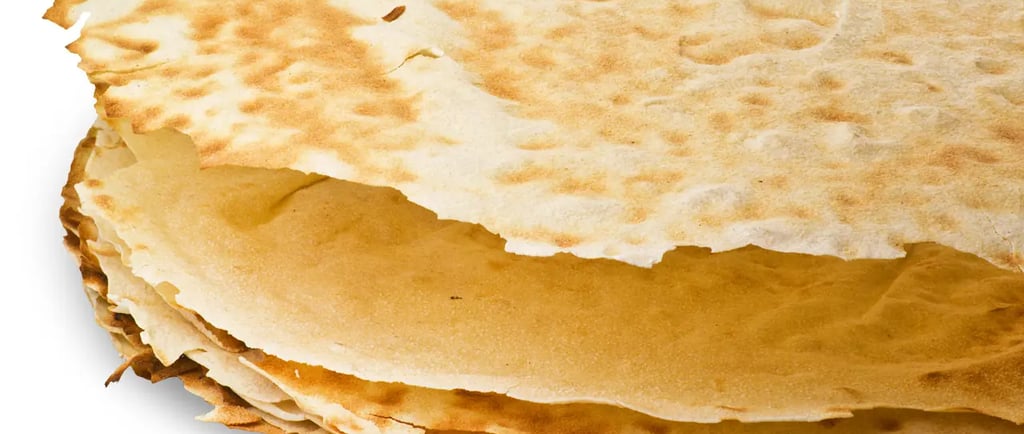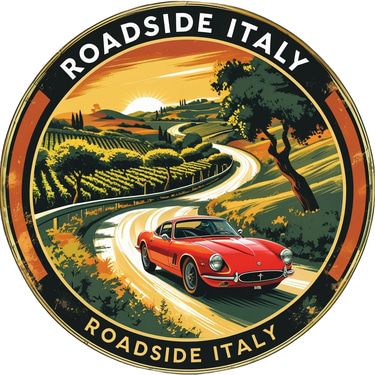Pane Carasau – Sardinia’s Paper-Thin Bread with Centuries of Crunch
Sardinia’s pane carasau, crisp as paper and twice-baked for a satisfying snap, is the ancient shepherd’s bread that still steals the show on island tables today.
FOODSARDEGNA


Paper-thin, golden, and so crisp it shatters at the first bite—pane carasau is one of Sardinia’s most iconic foods. Nicknamed carta da musica (“sheet music”) for its delicate, papery texture, it has been the faithful companion of shepherds, travelers, and family tables for centuries.
History and Origins:
With roots stretching back over a thousand years to the Nuragic period, pane carasau was born out of necessity. Sardinian shepherds, often away from home for months, needed bread that would keep without spoiling. The solution was ingenious: bake the bread twice—first to cook it, then again to dry it completely—leaving it light, crisp, and almost immortal. Its name comes from carasare, meaning “to toast” in the Sardinian dialect.
Ingredients and Preparation:
Made simply from durum wheat semolina, water, salt, and yeast, the dough is rolled into thin discs and baked briefly at high heat until it puffs into a hollow dome. While still warm, it’s split into two layers and returned to the oven for its signature crunch. Pane carasau can be enjoyed plain, brushed with olive oil and a pinch of salt, or softened with broth and layered with tomato sauce, herbs, and cheese in the rustic dish known as pane frattau.
Where to Taste It:
Authentic pane carasau is best found in Barbagia and Ogliastra. In Orgosolo, Su Lionzu serves it alongside sharp local pecorino. In Nuoro, Agriturismo Guthiddai includes it in traditional multi-course Sardinian feasts. It’s also widely sold packaged, making it an ideal edible souvenir.
Conclusion:
Crisp, light, and steeped in history, pane carasau is more than bread—it’s a testament to Sardinia’s ingenuity and its deep connection to the land. One bite, and you’re tasting a tradition that has endured for centuries.
